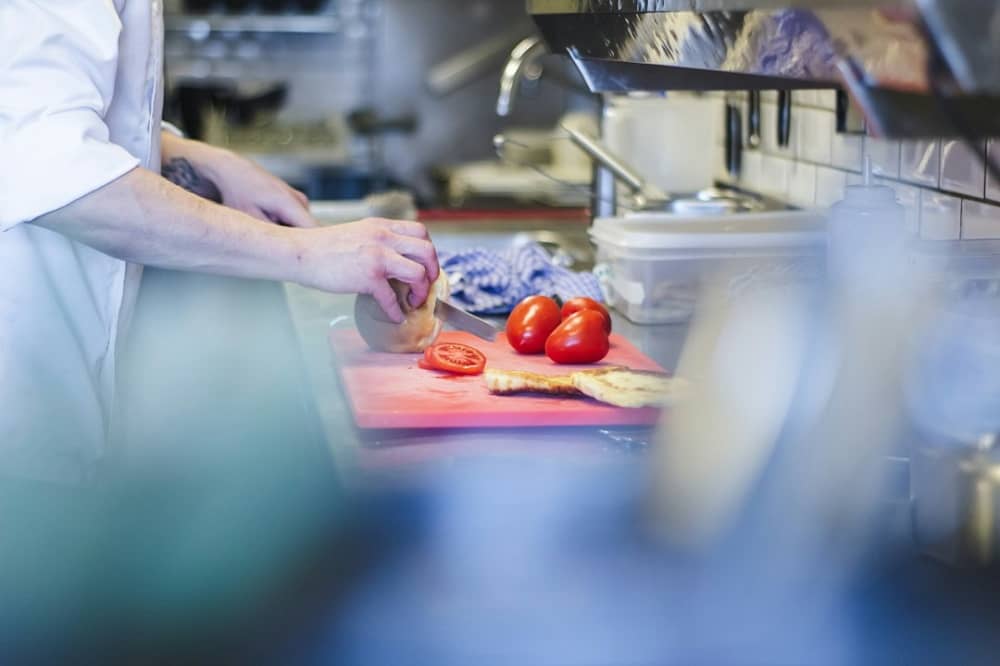The success of a commercial kitchen relies heavily on organization and preparation. Chefs and cooks operate in a fast-paced environment where every second counts toward service excellence. The right organizational strategies can transform chaos into efficiency, allowing for smooth operations even during peak hours. By streamlining the ingredient preparation process, businesses can enhance productivity and reduce waste. In this article, we’ll delve into the various methods professional kitchens use to maintain order and speed in preparing their culinary creations.
Establishing Efficient Workstations in the Commercial Kitchen
One of the key factors that contribute to a kitchen’s efficiency is its layout and the equipment it houses. An optimal layout design allows chefs and kitchen staff to move freely and work efficiently, reducing any unnecessary bottlenecks and streamlining the workflow.
A well-thought-out kitchen layout takes into consideration various factors such as the size and shape of the space, the location of cooking stations, prep areas, storage, and the flow of traffic. By strategically placing the different sections of the kitchen, it becomes easier for chefs to navigate and access the necessary tools and ingredients without wasting time or disrupting other staff members.
Moreover, the equipment used in the kitchen plays a vital role in improving efficiency. For instance, stainless steel sandwich prep tables are highly beneficial for quick-service restaurants or delis. These prep tables provide a designated space for ingredient collection and dish assembly in the same area, allowing chefs to prepare sandwiches or other dishes efficiently without having to move between different stations constantly. This not only saves time but also enhances productivity and ensures consistency in food preparation.
Implementing a First In, First Out (FIFO) System for Ingredient Freshness

The quality of ingredients directly influences the taste and presentation of dishes. Implementing a First In, First Out system guarantees ingredient freshness and reduces waste. FIFO means using older stock before newer deliveries, ensuring that no old products are left at the back of the pantry to expire. Kitchen staff should be trained to organize ingredients accordingly and make it a routine part of restocking efforts.
Labeling is a critical component of the FIFO method. Dates should be clearly written on all food items when they are received. Transparent storage containers can be used to quickly identify contents and their conditions without having to open them, which saves time and maintains the integrity of the product. Labels also help in conducting quick quality checks and make inventory audits more efficient.
Temperature control is another factor that can’t be ignored when implementing FIFO. Perishable items should be stored at the right temperatures immediately upon delivery to preserve freshness. Consistent monitoring and regulation of refrigeration units are essential, as is the immediate use or disposal of any ingredients that show signs of spoilage.
Staff members should also be educated on the importance of using ingredients in the order they are received. Managers and chefs must enforce systematic stock rotation and create accountability. Regular spot-checks and audits can reinforce the importance of FIFO and encourage staff compliance, ensuring your kitchen maintains enhanced food quality that is passed on to the customer’s plate.
Utilizing the Right Storage Solutions for Different Ingredients

Optimal storage solutions can make a significant difference in maintaining ingredient quality. Dry storage racks should be organized with non-perishable items and positioned away from direct light or heat sources. Proper sealing and containers protect against contaminants and pests that can wreak havoc in a commercial kitchen. Herbs and spices, in particular, require airtight containers to preserve their flavors and prevent cross-contamination.
Refrigeration storage, on the other hand, requires more diligent scrutiny. Raw meats should be stored on lower shelves to prevent any potential drip and cross-contamination with ready-to-eat foods. Vegetables and fruits often have varying humidity and temperature requirements, and specialized drawers or compartments can help keep them fresh for longer periods.
For high-turnover items, chefs might prefer using specialized equipment to improve accessibility and speed up the prep process. Clearly organized and easy-to-access storage areas can help in identifying ingredients quickly, which directly impacts the speed of service. For efficiency, some kitchens may choose to use a variety of specialized storage solutions, including those designed for bulk ingredients as well as those for instant-use items.
Altogether, a well-structured commercial kitchen is the cornerstone of a successful food service operation. Having the right equipment, maintaining fresh ingredients, and using the right storage solutions all contribute to an efficient and seamless kitchen workflow. By adhering to these best practices, kitchens can deliver high-quality dishes with consistency and efficiency, ultimately leading to satisfied customers and a thriving business.

